Animals use camouflage, also called cryptic coloration, to disguise their appearance and blend into their surroundings. Most animals camouflage to hide from predators, while hunters disguise themselves so they can prey easily.
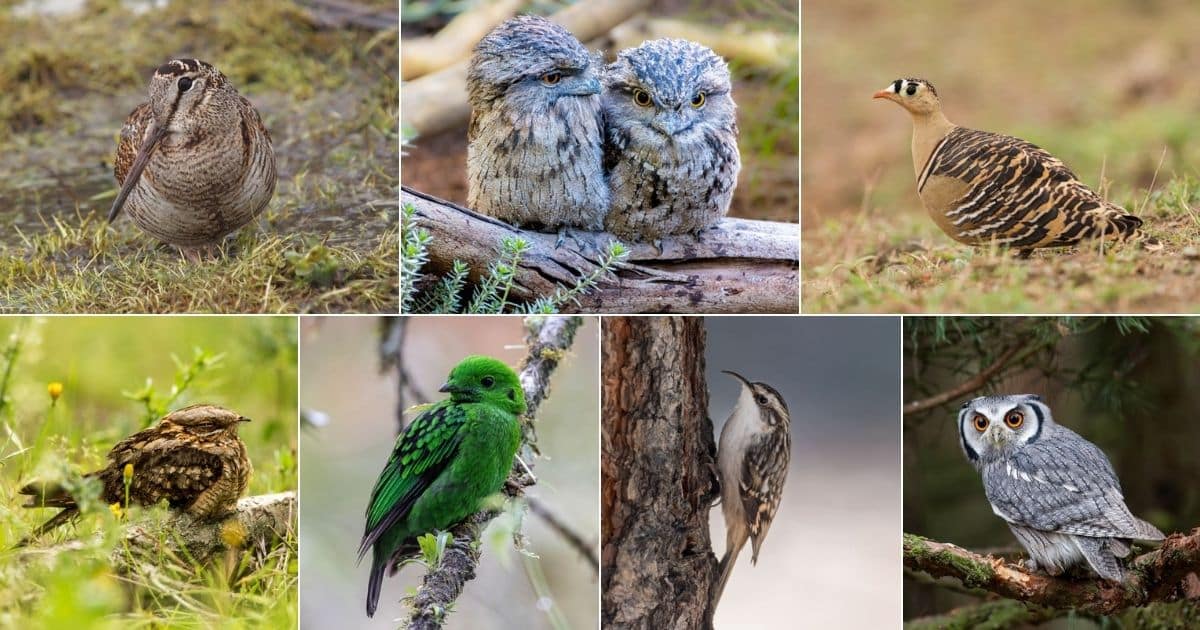
The most famous examples of camouflage animals are owls and chameleons. Below are examples of camouflage birds.
Contents
1. Owls
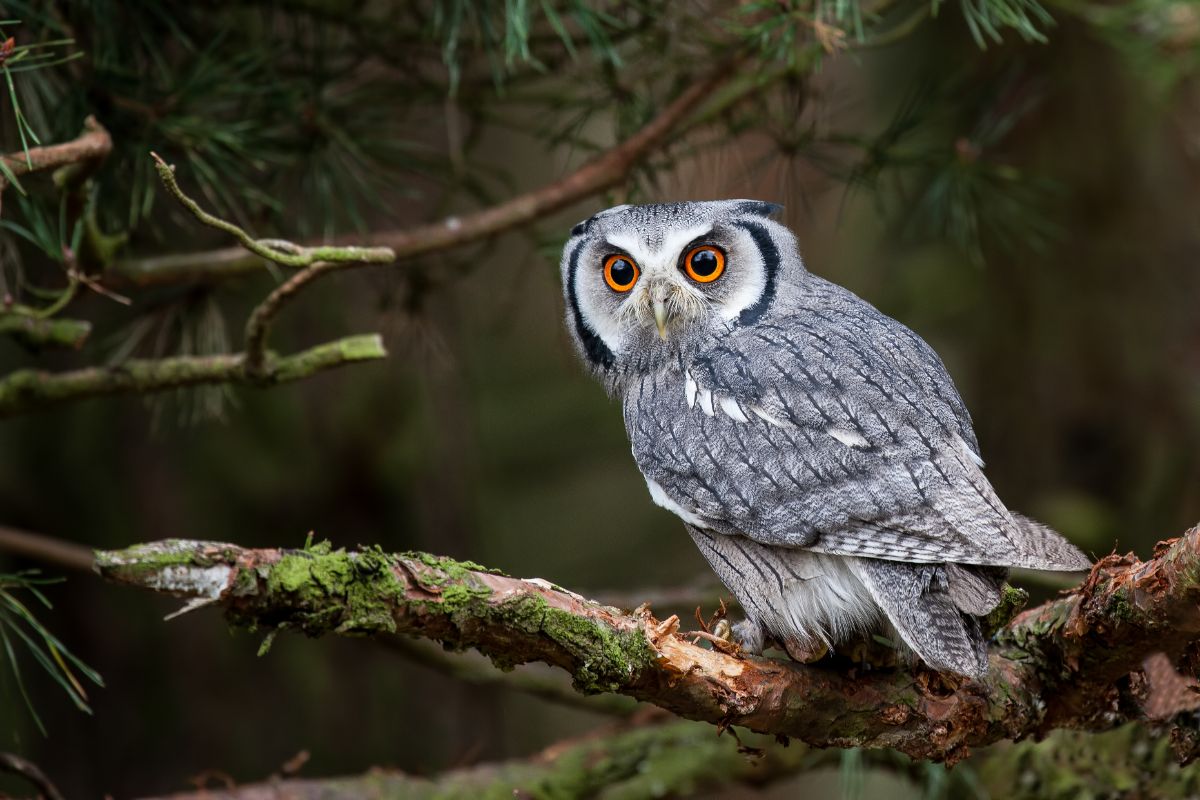
There are over 250 species of owls across the world, and one of their best characteristics is their ability to camouflage. Owls have tufts (two sets of feathers that resemble ears) that help them camouflage. When they raise their tufts, they look like small twigs.
Owls without tufts use their facial feathers to mimic ear tufts. To spot a camouflaged owl, check the tree trunk closely. Be patient because they stay still, and their feathers resemble the tree bark.
2. American Bittern
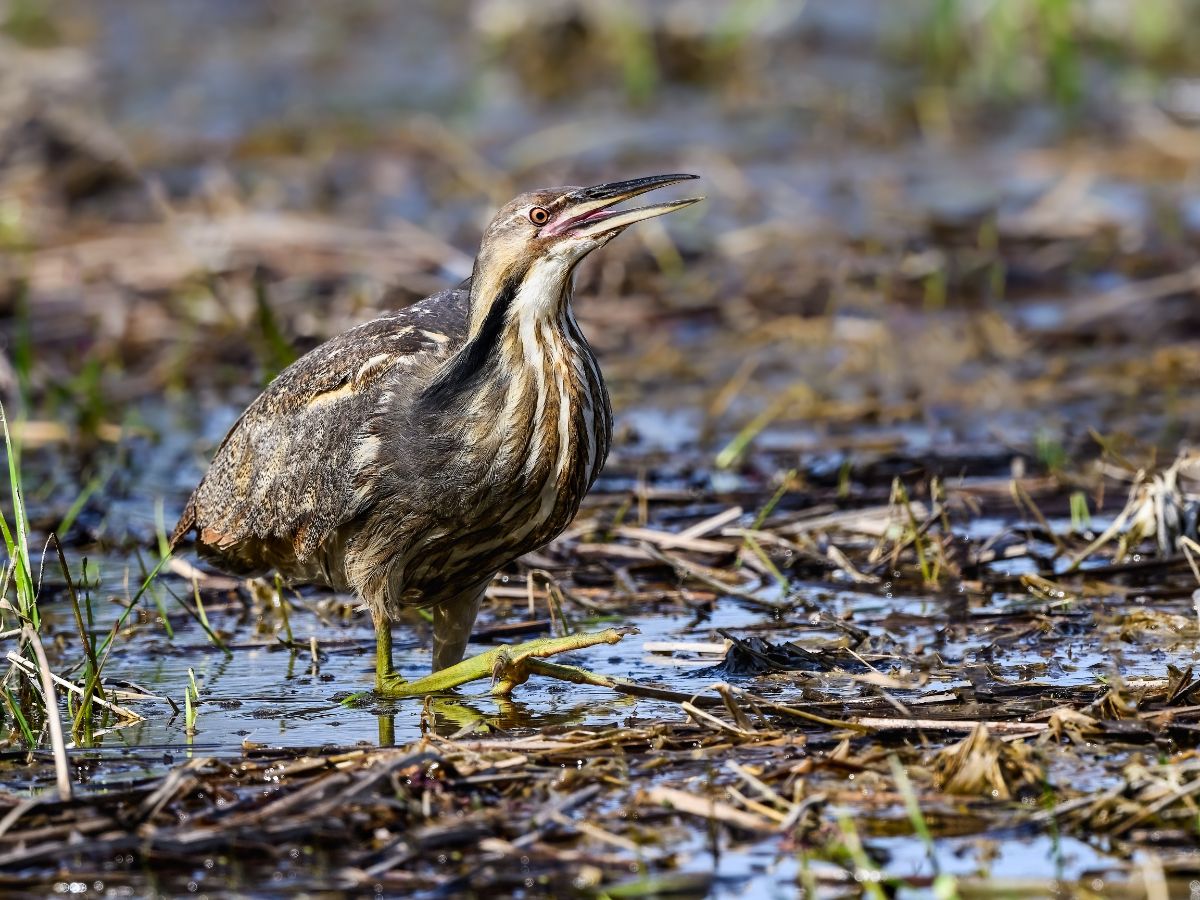
The American bittern is a bird species of the heron family. Their vertical stripes aid them in mimicking their marsh’s habitat.
They also stretch their neck upwards and swing with the breeze to resemble the reeds, making it even more challenging to see them. To spot them, look out for any movement between the reeds.
3. Eurasian Woodcock
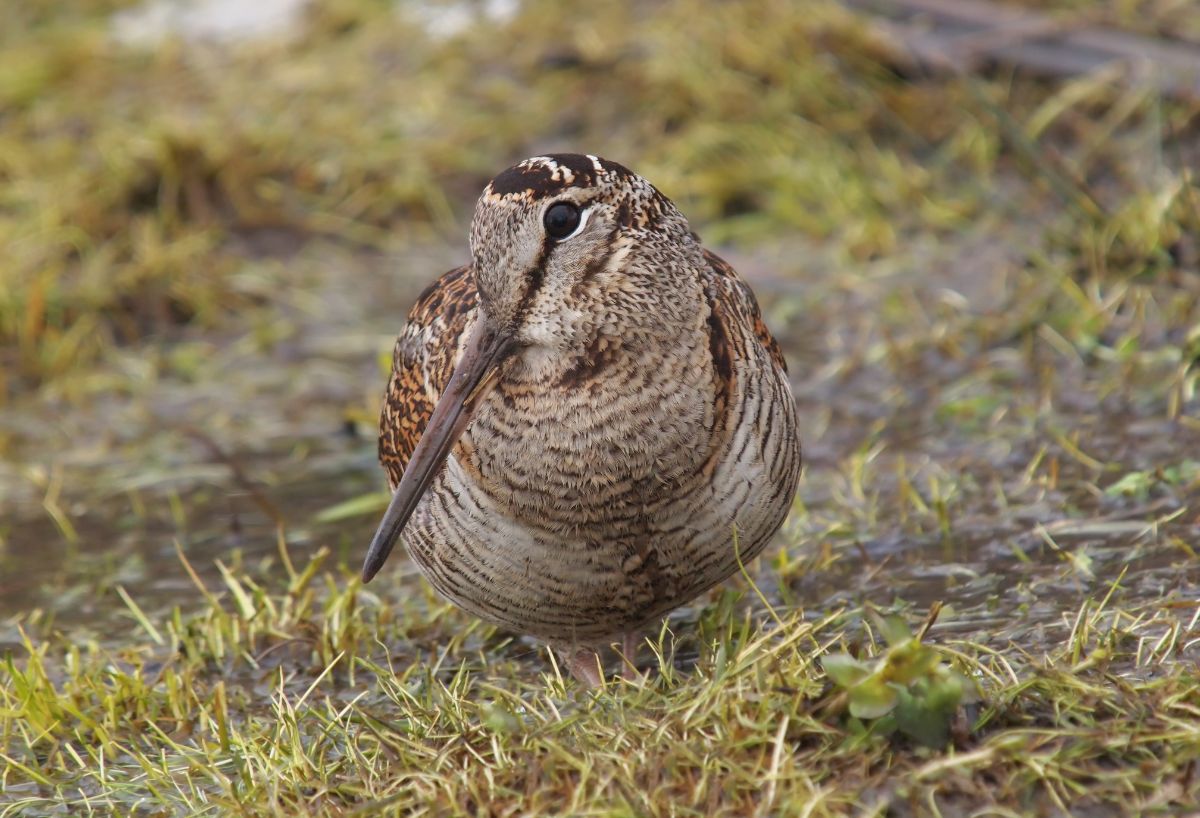
The Eurasian woodcock is a small, elusive wading bird found throughout Europe. It has a patterned body with reddish-brown upperparts and buff underparts to mimic woodland habitat.
4. Ptarmigan
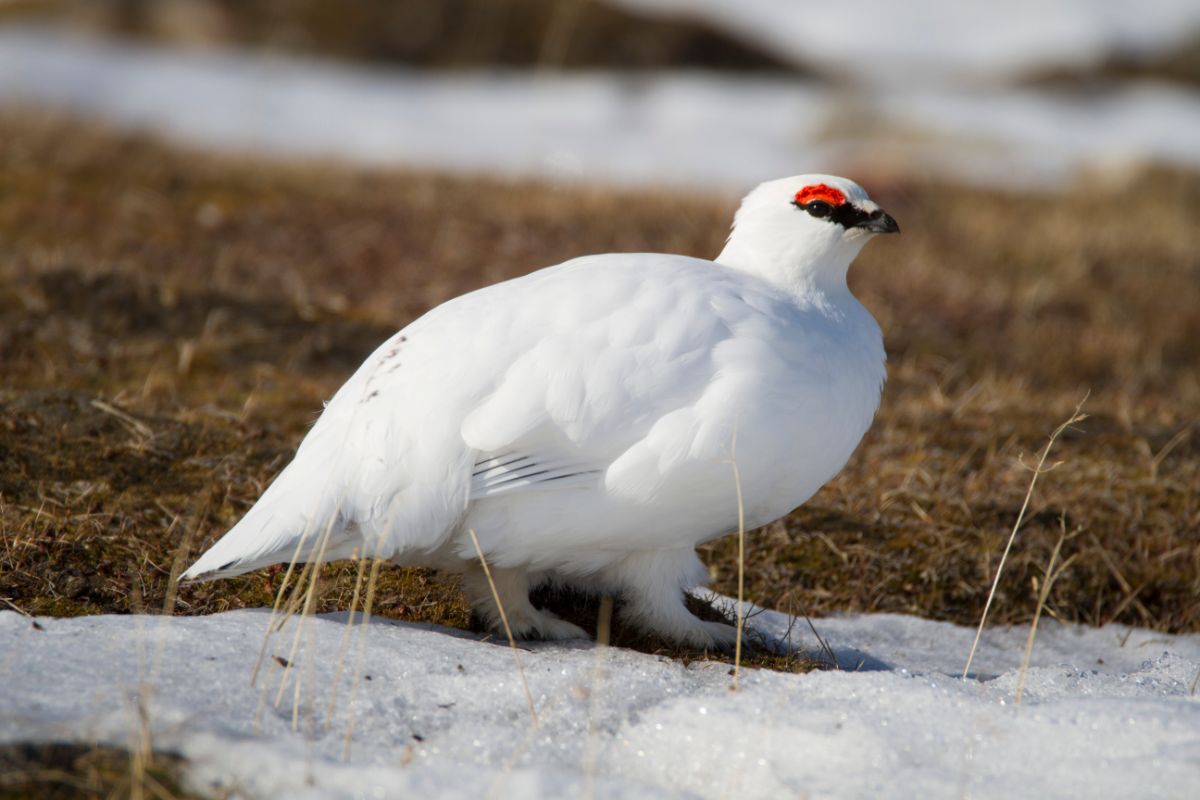
The Ptarmigan is a game bird with the most exciting camouflage behavior. During summer, the bird has brown feathers to mimic its tundra habitat and will become half-brown and half-white in spring. Interestingly in winter, the Ptarmigan becomes white with fluffy white feathers on its feet to keep it warm to mimic snow.
5. Piping Plover
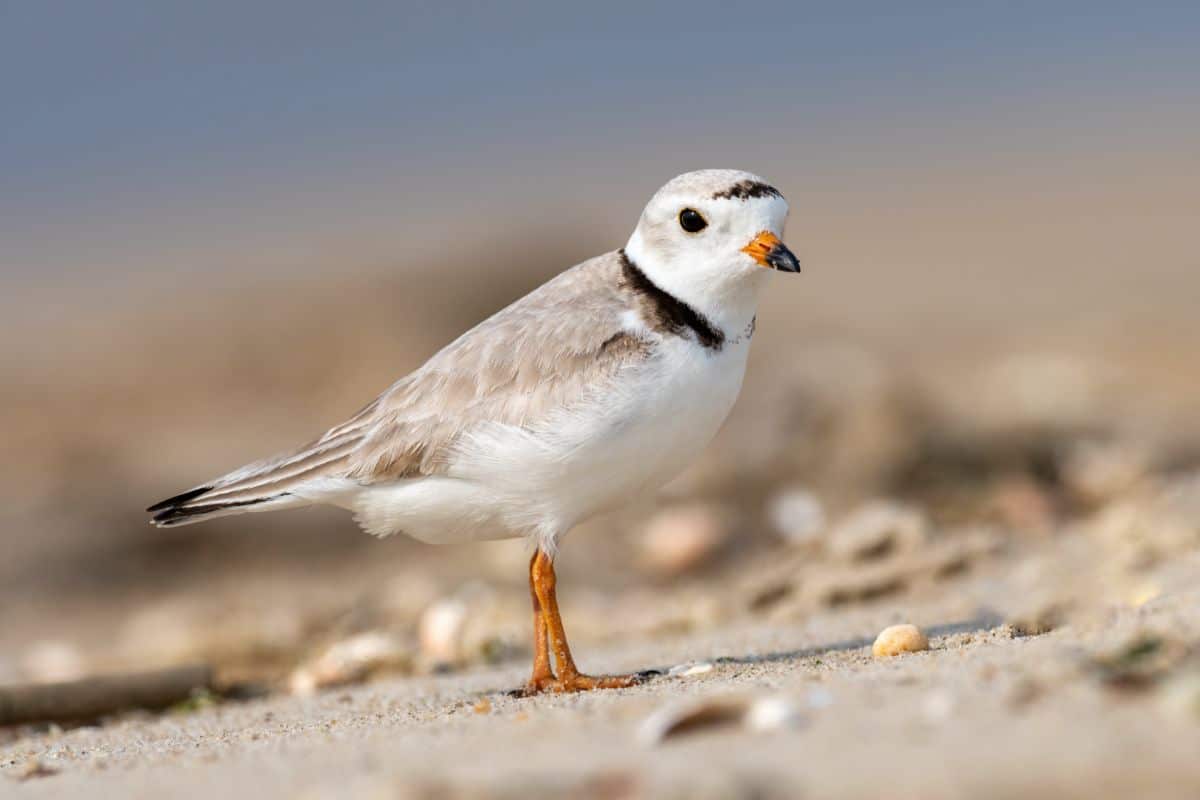
Piping plovers are endangered sandy grayish-brown birds that nest along sandy lakes and ocean shores. They are tough to spot because of their small size, and their sandy grayish body blends with the beaches.
However, a keen looker will notice their tiny orange legs, but this has to be very close or use binoculars.
6. Green Broadbill
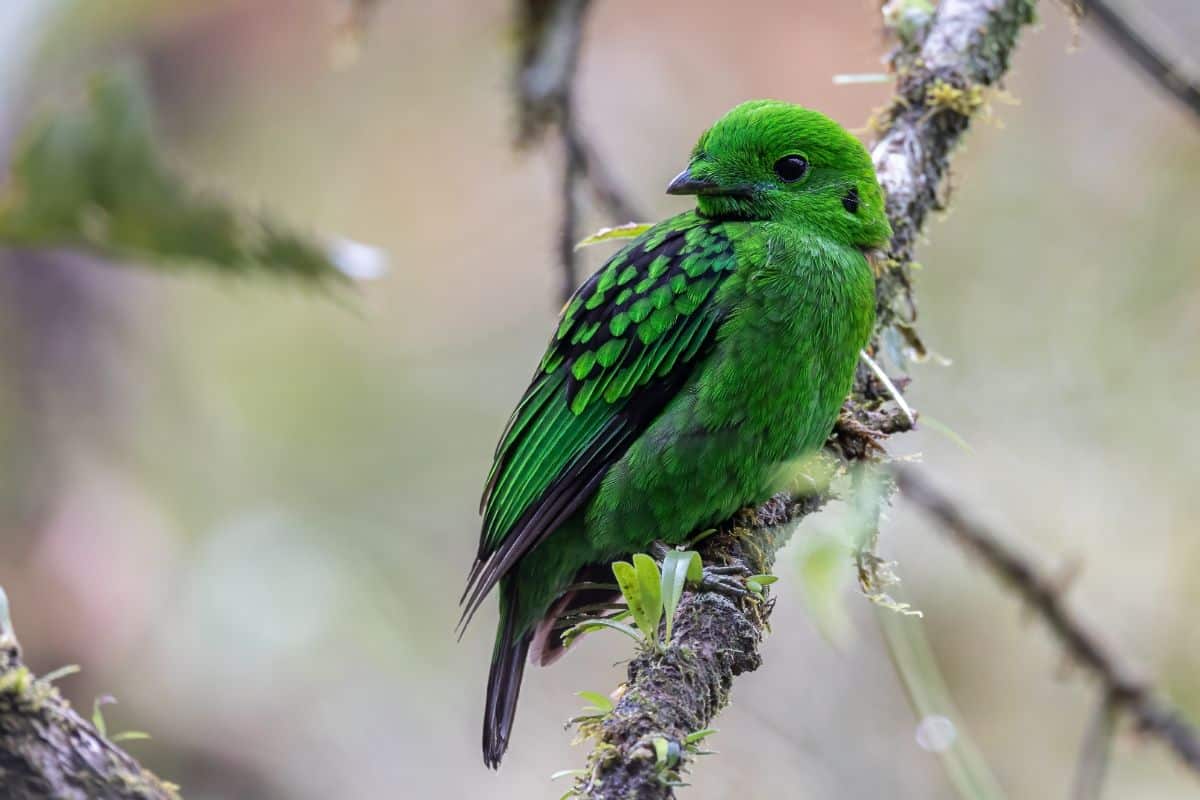
The green broadbill is found in the forests of Borneo, Sumatra, and the Malay Peninsula. The evergreen forests allow them to disguise themselves. If you’re unfamiliar with the birds, you might miss them because they stay still and quickly fly away if disturbed.
The male green broadbill is a vibrant green with black dots behind its ears and wings, while the females have pale green feathers.
7. Great Potoo
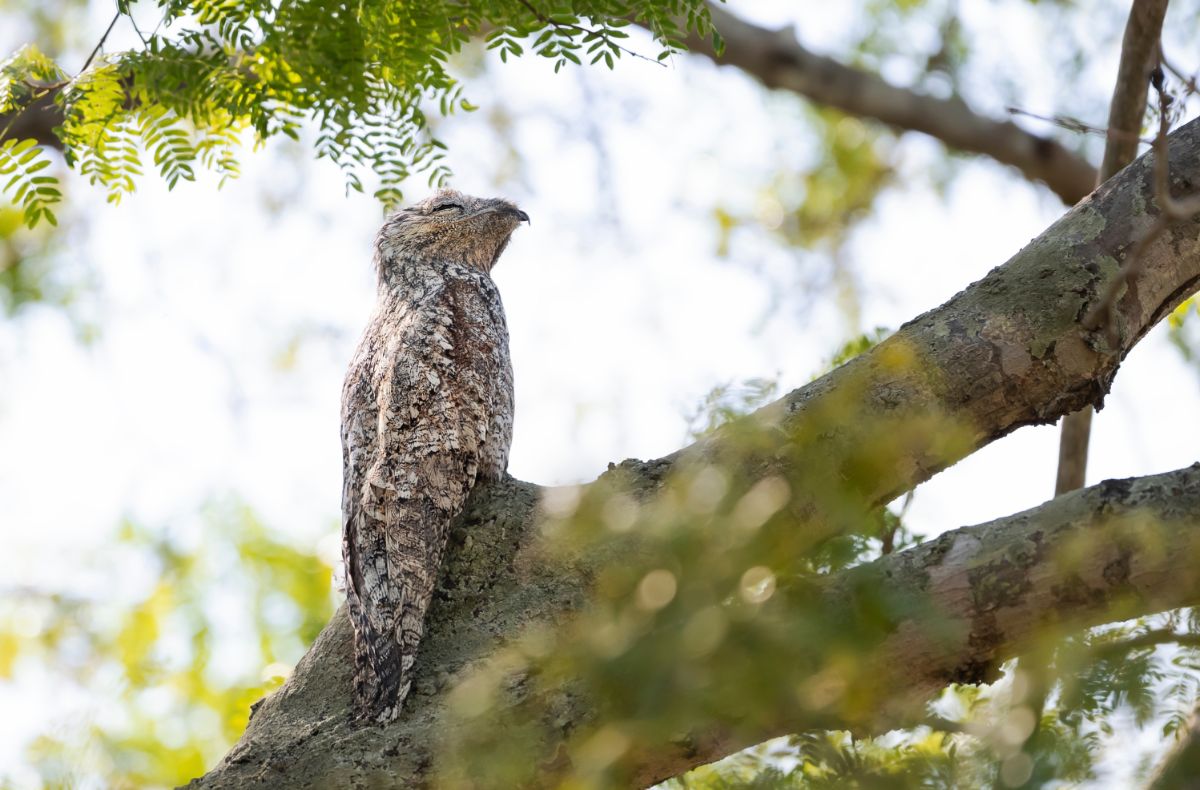
The Great potoo is the biggest among the potoo species. It is nocturnal that inhabits central and south America.
The Great potoo disguises itself by perching on a dead tree branch, closing its eyes, and remaining motionless. Interestingly, it can still see even with its eyes closed.
8. Nightjars
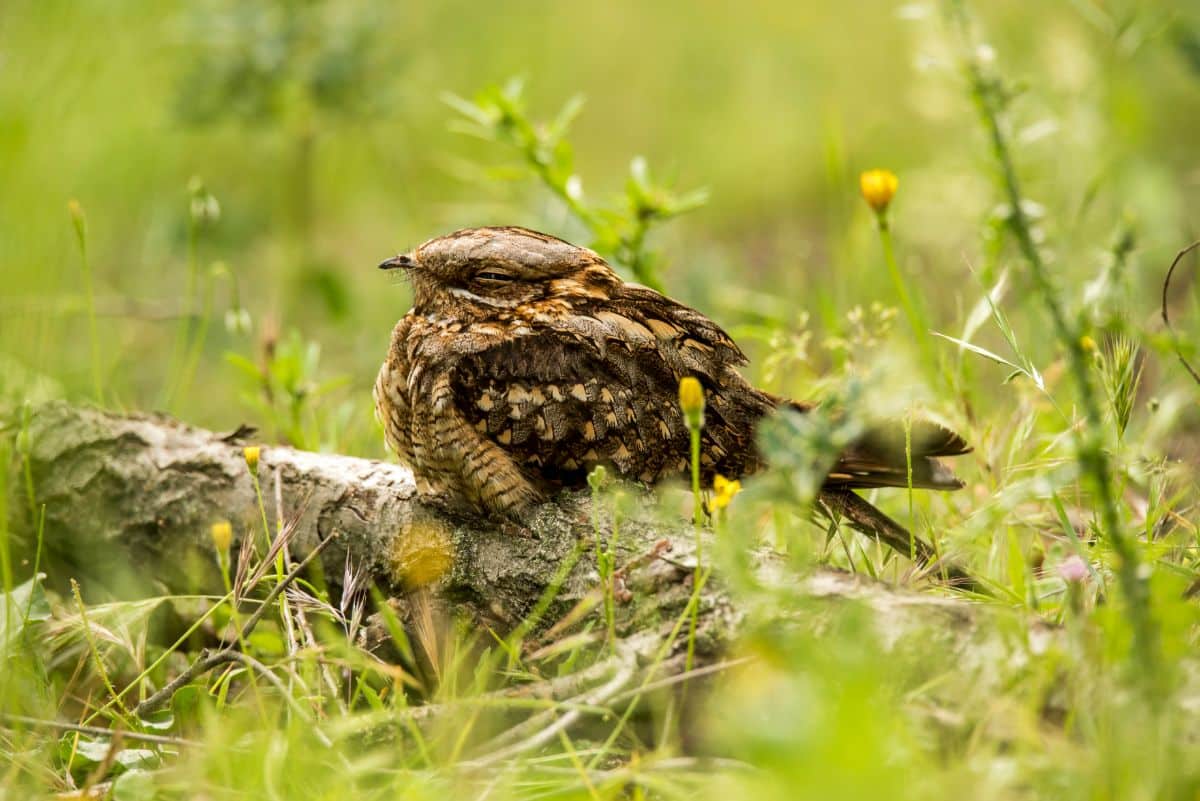
Nightjars are medium-sized crepuscular birds with cryptic gray-brown blotchy plumage. They spend most of their time nesting on the ground and therefore disguise themselves to evade predators.
Every type of nightjar will pick its nesting grounds depending on its specific color and pattern.
9. Painted Sandgrouse
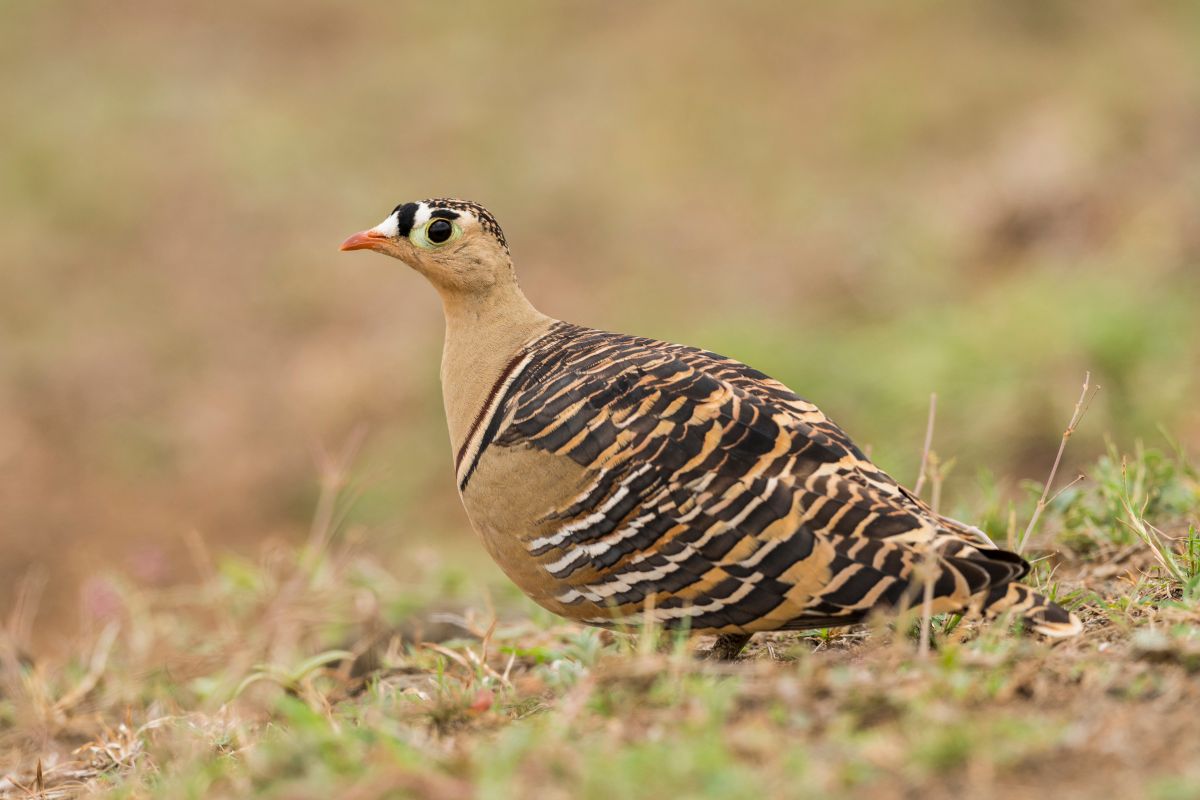
The Painted sandgrouse is a medium-sized bird of the larger sandgrouse family. The bird is found in Pakistan, India, and Bangladesh. It is brown with brown, black, and white stripes that blend with its habitats of open grassland and dry forests.
The bird keeps a low profile and has mastered the art of staying still in the grassland.
10. Brown Creeper
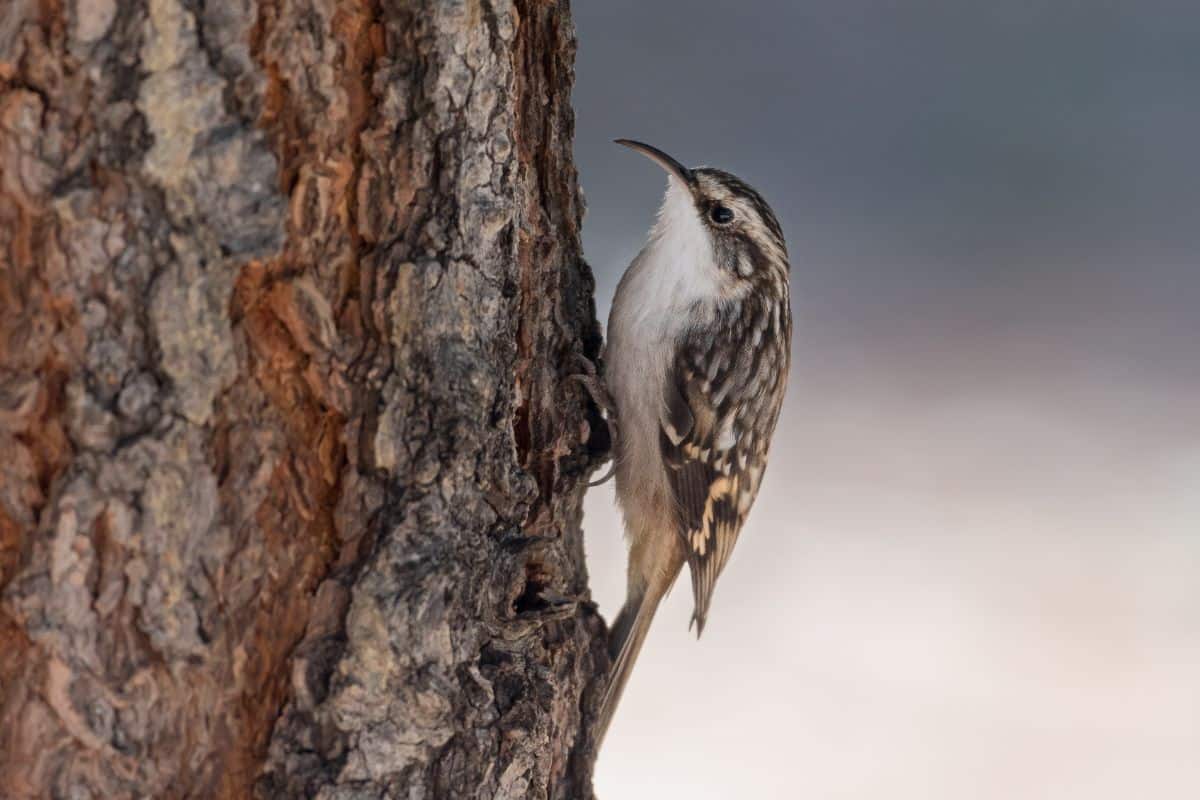
The brown creeper is a small woodland, long-tailed bird with brown and white spots. The bird’s camouflage helps it blend in against tree barks such that when still even a birder may not spot it.
The trick protects it from predators and helps it hunt insects easily. The bird starts at the bottom of a tree and works upwards, searching for food.
11. Tawny Frogmouth
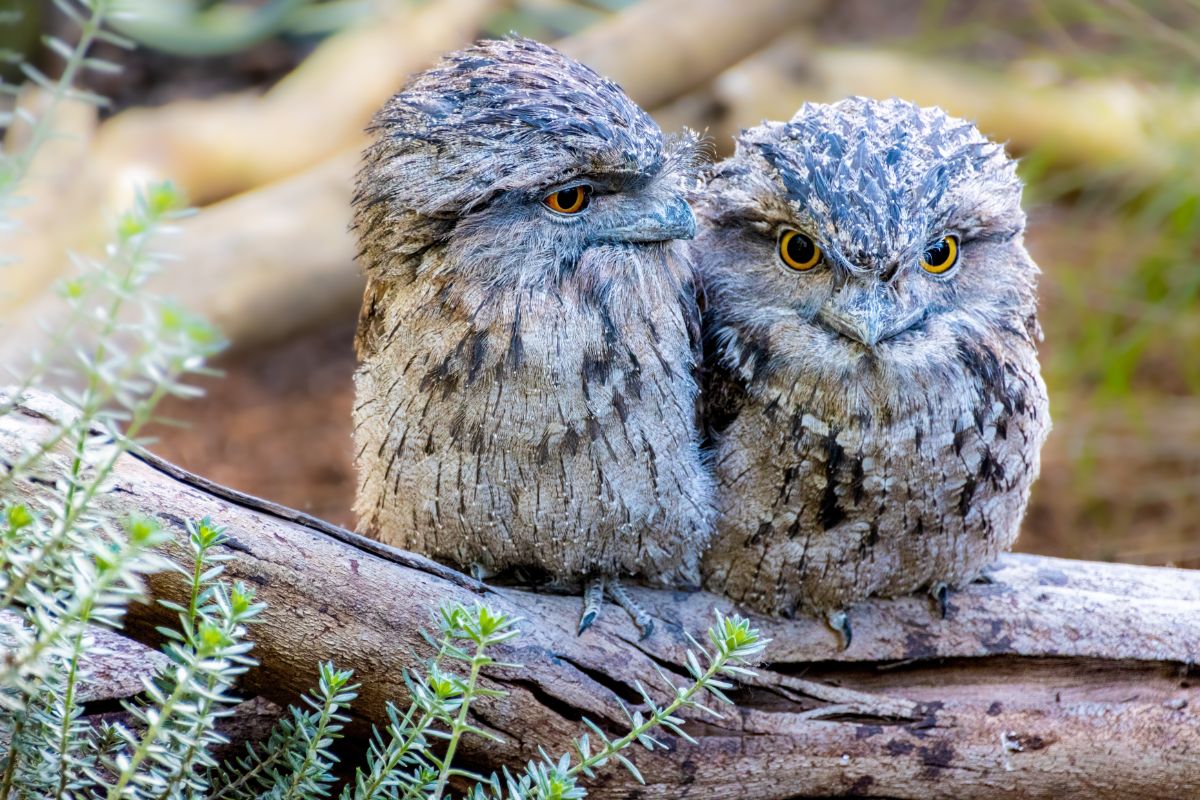
The Tawny frogmouth has blotched gray, white, black, and brownish-red plumage. It is usually mistaken for owls, but a keen birder can tell the difference between their eyes and beaks. The Tawny frogmouth has mastered disguise and can easily pass as a dead branch easing their hunting endeavors as they pounce on their prey unnoticed.
Frequently Asked Questions
Here are the FAQs about birds that can camouflage.
Which bird has the best camouflage?
Each bird has unique abilities allowing it to camouflage perfectly depending on its surroundings, but the Egyptian nightjar wins in camouflage. This bird has mastered the art of disguise and blends well with sand such that you may miss it in a picture.
How do you spot camouflage birds?
It’s possible not to see a camouflaged bird right in front of you because they have mastered the disguise. You need to learn where the particular bird hides and use binoculars because you can’t spot some birds with your naked eyes from a distance.
Wrap Up
Any birdwatcher will tell you that getting close to birds is hard and taking a photo is even more complicated because birds fly away any time you approach.
However, as you get closer, you can use camouflaging clothing and a blind to disguise yourself. If you are lucky, you might get a good picture of the camouflaged birds.
